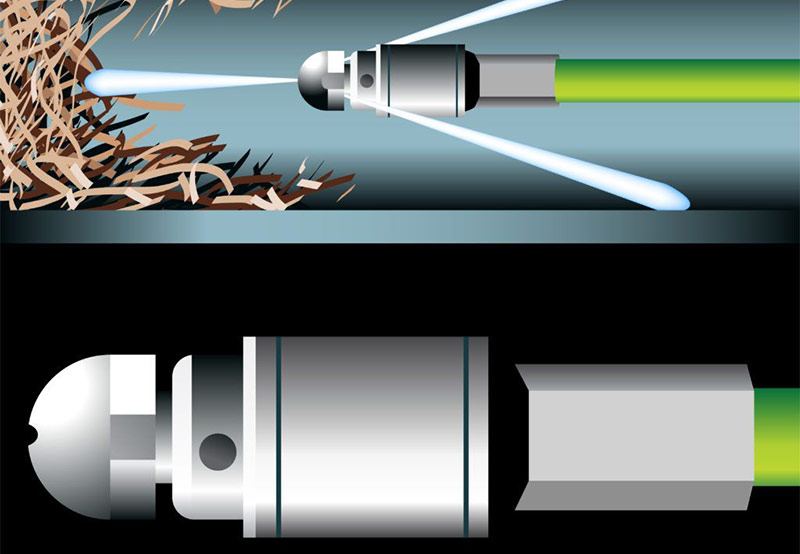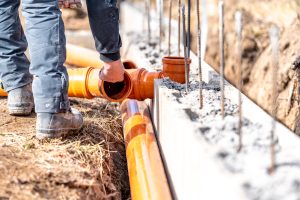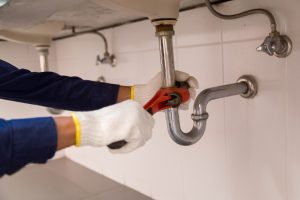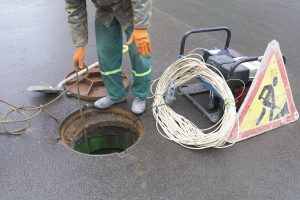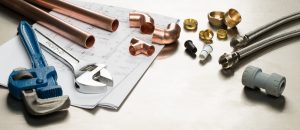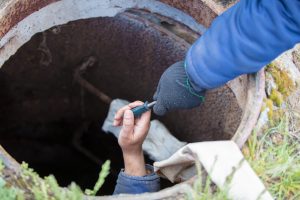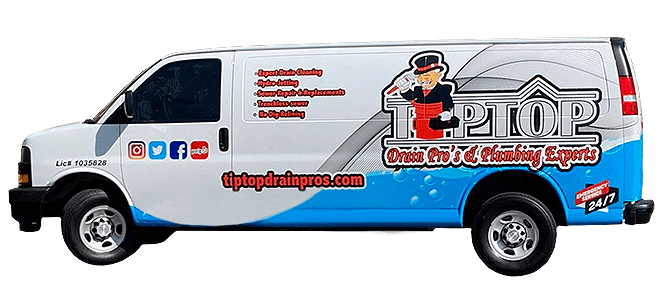Most homeowners experience “ugh” moments in their kitchen or bathrooms occasionally: slow-draining tubs, gurgling sinks, and mystery smells wafting from the general direction of the garbage disposal. Usually, some good old-fashioned DIY drain maintenance takes care of minor problems. (Baking soda and vinegar’s our favorite.) But if you’re experiencing frequent back-ups, recurring odors, ongoing sluggish drains, or noisy pipes, even in just one area of your home, hydro jetting may be your best bet.
What is Hydro Jetting?
Traditionally, plumbers have used snakes, also called augers, to clear drains. And for many clogs, snakes work perfectly well. But for fast and thorough cleaning, hydro jetting is usually the way to go. Here’s how it works:
- First, we do a video inspection of the troublesome line(s) to see what we’re up against and to make good decisions about how to best tackle the problem.
- Next, we attach a specialized nozzle to the end of a flexible hose that’s attached to a water tank.
- We feed the nozzle and hose into the problematic pipe through a cleanout. Typically, we start downstream from the clog so gravity’s on our side.
- When we turn on the hydro jet, the self-propelled nozzle moves through the line, spraying water in multiple directions at extremely high-pressure—typically 2,000 PSI to 4,000 PSI—breaking up whatever’s in its path and pushing it through the pipe.
Is Hydro Jetting Better Than Snaking?
Again, snaking can be an effective way to deal with drain problems. But hydro jetting is often a better solution because:
- The size of the plumbing snake/auger determines the size of the pipe on which it’ll be effective. If your clog is bigger in diameter than the auger tip, part of the clog will stay. But the combination of water and pressure ensures hydro jetting reaches the full diameter of the pipe.
- When clogs are caused by grease build-up, snaking will have no problem breaking through the gunk in the middle of the pipe, but it doesn’t actually clean the sides of the pipe—which means the clog will recur faster. Hydro jetting, on the other hand, both breaks up blockages and actually scours the pipe walls as it moves along.
- Unlike plumbing snakes, hydro jets can power through serious clogs caused by tree roots.
- Hydro jetting is far more efficient, keeping your pipes clog-free up to four times longer than snaking. So while the up-front cost may be a bit higher, you’ll have fewer maintenance calls over time—actually saving you money.
Is Hydro Jetting Ever NOT a Great Idea?
In case it’s not clear, hydro jetting is not a good opportunity to earn your DIY plumbing badge. It’s an undoubtedly powerful solution for drain problems… and, as the saying goes, with great power comes great responsibility. High PSIs can damage older, more fragile pipes, so it’s critical to have an L.A. professional plumber like Tip Top Drain Pros assess the situation.
How Do I Know if Hydro Jetting is Right for My Drain Problems?
Contact us today and schedule an inspection. We’ve helped hundreds of Los Angeles homeowners solve their drain problems, and we’d be honored to serve you, too.

